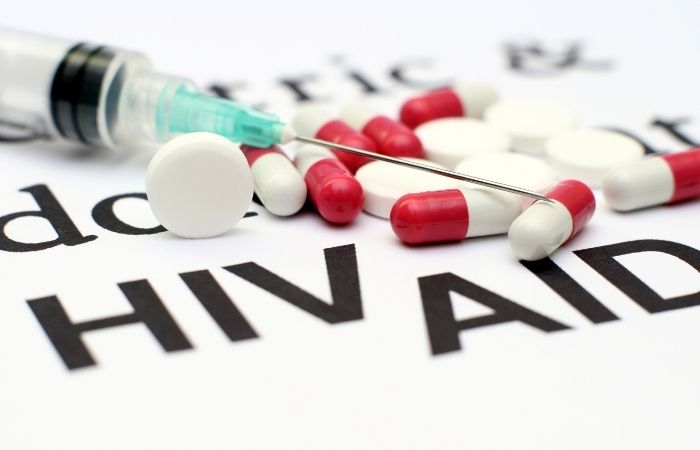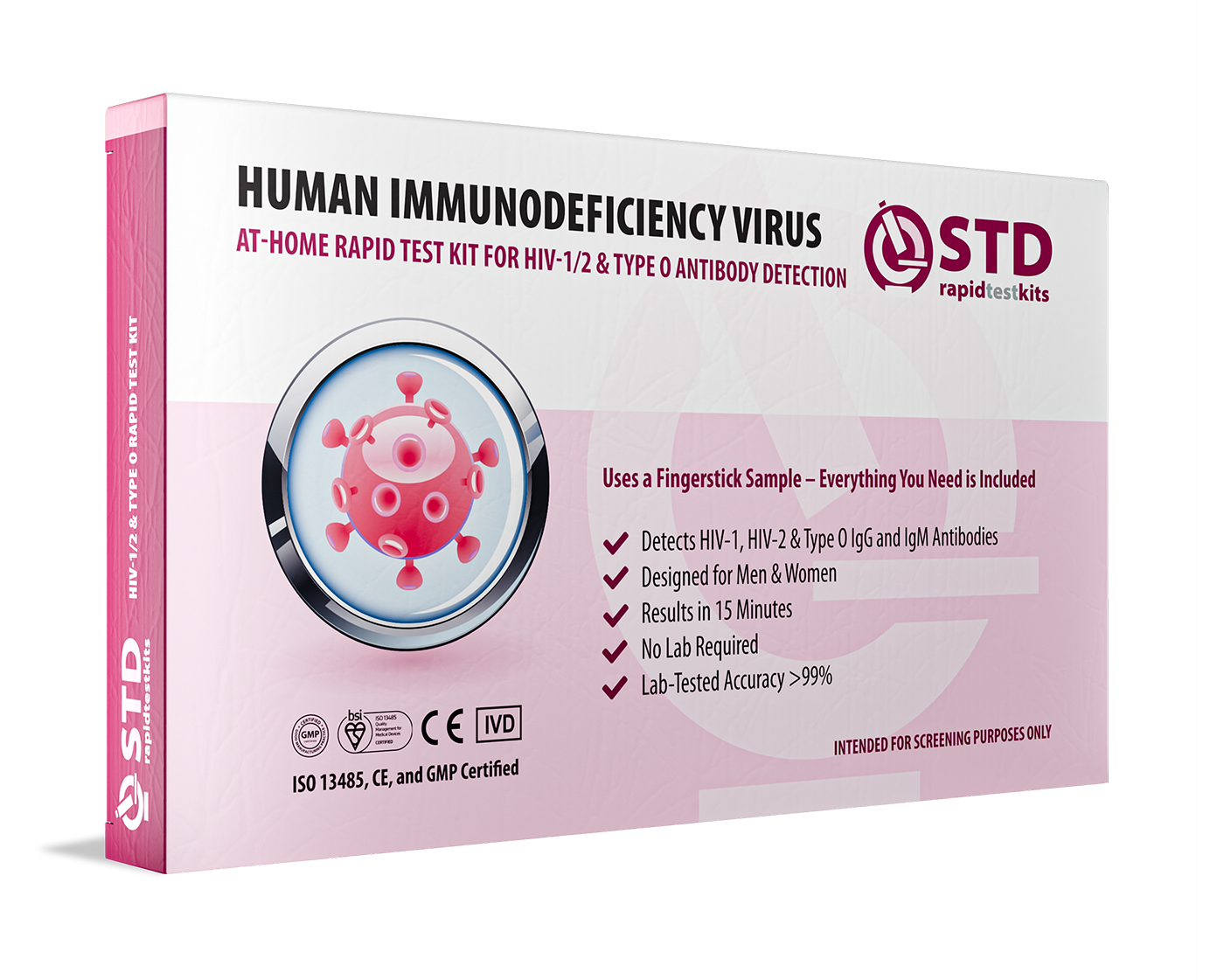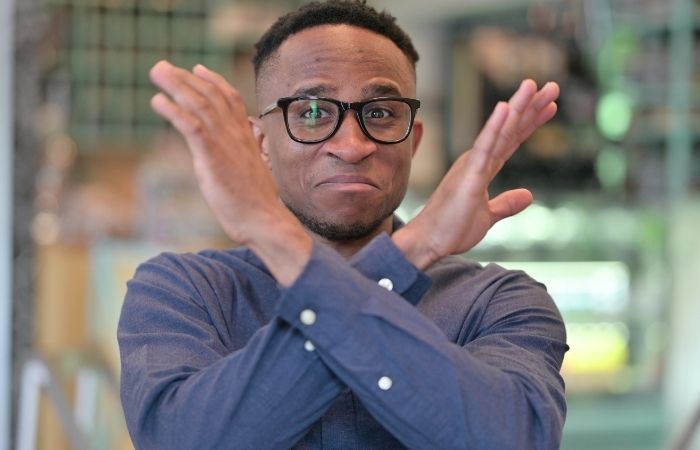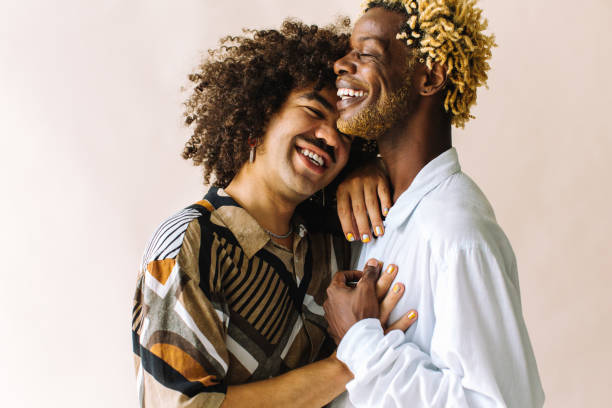Quick Answer: Black queer men face the highest HIV rates in the U.S. not because of higher risk behaviors, but due to a perfect storm of systemic racism, homophobia, healthcare inequities, stigma, and community-level vulnerability. Tackling the epidemic requires more than awareness, it demands justice, access, and real investment in Black LGBTQ+ lives.
Why Black Queer Men Still Face the Highest HIV Rates , And What’s Really Behind It
Every year, the numbers repeat themselves like a brutal headline on loop: Black queer men continue to face the highest HIV rates in America. Nearly 1 in 2 Black men who have sex with men (MSM) are projected to be diagnosed with HIV in their lifetime if current trends continue. Let that sink in.
This isn’t about bad choices. It’s not about promiscuity. It’s not about being “irresponsible.” It’s about systems, racist ones, homophobic ones, underfunded ones, that have created the conditions for a crisis. And it’s about the silence that allows that crisis to persist.
If you’re Black, queer, and trying to survive, much less thrive, in a world that was not built for you, the deck is stacked. Healthcare access, housing, income, education, stigma, incarceration, religion, every one of these factors shapes the HIV landscape. This isn’t about individual risk, it’s about structural violence.
And until we name it for what it is, the statistics won’t change. But the truth? The truth can change everything.

People are also reading: The Role of STD Awareness Campaigns
The Statistics Are Devastating, But They’re Only the Beginning
Let’s start with the numbers. According to the CDC, Black gay and bisexual men make up roughly 26% of new HIV diagnoses each year, despite being only a fraction of the population. Young Black MSM (men who have sex with men) aged 25–34 are especially impacted. But these numbers don’t exist in a vacuum.
Many people assume this means Black queer men are more “reckless” or less likely to use protection. But research says otherwise: Black MSM report similar or even lower rates of risk behaviors than white MSM. So why are the rates still so high?
Because HIV isn’t about personal risk. It’s about network-level vulnerability. If more people in your community are already living with HIV, your risk increases, even if you do everything “right.” This is what happens when entire communities are left behind by public health.
This isn’t an epidemic of behavior. It’s an epidemic of abandonment.
Access to Testing, PrEP, and Care Still Isn’t Equal
HIV prevention has made major strides. Pre-exposure prophylaxis (PrEP) can reduce the risk of HIV by up to 99% when taken consistently. But PrEP only works if people can access it. And that’s where the disparity hits hard.
Studies show that Black men are less likely to be offered PrEP by doctors, even when they’re good candidates. Mistrust of medical institutions (with good reason), stigma in healthcare settings, lack of insurance, and even provider bias all contribute. In some states, fewer than 15% of Black MSM who could benefit from PrEP are on it.
Then there’s testing. STD and HIV testing is still stigmatized in many Black communities, especially when tied to assumptions about sexuality. And even when someone does test positive, the path to care is often filled with delays, poor provider communication, or outright mistreatment.
Until testing and treatment are safe, affirming, and accessible for Black queer men, nothing changes.
That’s why at-home HIV and STD tests, like those from STD Rapid Test Kits, are essential. They allow people to test in private, on their own terms, with dignity. No judgment. No waiting room. No fear.
Incarceration and the HIV Pipeline No One Talks About
If you want to understand HIV in Black communities, you can’t ignore incarceration. The U.S. has the highest incarceration rate in the world, and Black men are disproportionately targeted by the prison system. This is not accidental, it’s systemic.
Prisons are high-risk environments for HIV transmission due to lack of condom access, sexual assault, shared needles for tattooing or drug use, and limited healthcare. But even more dangerous is what happens after release. Formerly incarcerated Black men face massive barriers to reentry, no insurance, no job, no housing, and no connection to ongoing care.
And if you're Black and queer? The risk multiplies. You’re more likely to be criminalized, more likely to be cut off from family support, and less likely to access inclusive care post-release. This revolving door fuels the epidemic silently, in plain sight.
Any real HIV prevention strategy for Black queer men must include decarceration, harm reduction, and reentry support, or we’re just treating symptoms while the system keeps bleeding people out.
Check Your STD Status in Minutes
Test at Home with RemediumHIV Rapid Test Kit

 For Men & Women
For Men & Women Results in Minutes
Results in Minutes No Lab Needed
No Lab Needed Private & Discreet
Private & DiscreetOrder Now $33.99 $49.00
Stigma Within Black Communities: The Silence That Hurts
Stigma kills. And some of the deepest wounds aren’t from outside, but from inside our own communities. In many Black families and religious spaces, conversations about queerness, HIV, or even safe sex are taboo. The legacy of survival under racism has created a culture of silence, and that silence can be deadly.
Many Black queer men report hiding their sexuality to avoid rejection, violence, or homelessness. That secrecy fuels risk: fewer open conversations, less testing, no access to support. If you can’t tell your family who you are, how can you tell them you need PrEP?
But let’s be clear: Black communities are not uniquely homophobic. The problem is compounded by years of trauma, religious control, and a public health system that never earned our trust. We’re not broken, we’ve been betrayed. And healing means calling that out, not blaming ourselves.
Religious Trauma, Internalized Homophobia, and HIV Shame
Many Black queer men grow up in faith traditions that teach them their love is sin, their sex is shameful, and their existence is a mistake. That spiritual abuse doesn’t just hurt emotionally, it has health consequences.
Internalized homophobia is linked to lower testing rates, higher risk behavior, and avoidance of medical care. Why? Because if you’re taught that your sexuality is sinful, you may stop believing you deserve care. Or you might engage in riskier sex because you don’t believe you’re worth protecting.
This is the real cost of toxic theology: not just psychological damage, but physical illness. The antidote? Affirming spaces, Black, queer, spiritual, and unapologetically loving. Communities where HIV isn’t whispered about, but confronted head-on with truth, compassion, and science.
Campaigns that don’t acknowledge this religious trauma will never reach the people who need them most.
Healthcare Bias Isn’t a Side Problem, It’s the Core
Let’s talk about the doctor’s office. Black queer men are often treated with suspicion, judgment, or ignorance in healthcare settings. Even when they show up, speak clearly, and advocate for themselves, the system fails them.
Research shows that Black patients are less likely to be believed, less likely to receive pain meds, and less likely to be offered preventive tools like PrEP. Add homophobia on top of racism, and you’ve got a perfect storm.
Many Black MSM report feeling judged when discussing their sex lives, ignored when asking about STD screening, or misunderstood by providers who assume they’re straight. Some are even misdiagnosed, denied care, or pushed into abstinence-based advice.
The solution isn’t diversity posters in the waiting room. It’s anti-racist, queer-affirming medical education and systemic accountability. Until then, at-home testing remains a crucial lifeline for those who’ve been burned by the clinic one too many times.

People are also reading: STD Awareness in TV and Film: Helpful or Harmful?
Prevention That Actually Works for Black Queer Men
We know what doesn’t work: shame-based campaigns, colorblind messaging, or ignoring culture. But what does work? Community-led prevention, peer education, harm reduction, and affirming access to tools like PrEP and home testing.
When Black queer men see themselves reflected in prevention efforts, when they are the face, the voice, and the leadership of the campaign, everything changes. Studies show that peer-led interventions outperform top-down messaging. Why? Because trust matters. Relatability matters.
Black LGBTQ+ communities need more than information. They need resources without judgment:
- Free, private, at-home HIV and STD testing kits (like those from STD Rapid Test Kits)
- Accessible PrEP clinics with culturally competent providers
- Wraparound support: housing, mental health care, transportation
- Clear, honest, sex-positive messaging
It’s not rocket science. It’s what every other community gets, if not in practice, at least in principle. But Black queer men are still waiting for the world to take their health as seriously as their statistics.
The Role of Black LGBTQ+ Organizers and Activists
If HIV hasn’t swallowed the entire Black queer community, it’s because activists, organizers, and healers refused to let it. From ballroom culture to barbershops, Black queer men have built underground systems of care where formal systems failed them.
Groups like the Black AIDS Institute, Mobilizing Our Brothers Initiative (MOBI), and countless grassroots leaders have created space for testing, education, celebration, and survival. These aren’t just support groups, they’re lifelines. They reclaim joy, culture, and connection in the face of abandonment.
And yet, many of these organizers work with shoestring budgets, little support, and almost no recognition. Imagine what would be possible if they were fully funded, fully empowered, fully heard.
Black queer men have always led the fight against HIV. It’s time the world followed their lead, not just in crisis, but in policy, funding, and respect.
What Real HIV Equity Would Actually Look Like
Let’s imagine something radical: a world where Black queer men are not the most vulnerable to HIV, but the most protected. What would that take?
- Universal access to affordable PrEP and PEP
- Free, confidential STD and HIV testing available everywhere, including at home
- Anti-racist, queer-affirming healthcare providers in every zip code
- Sex ed that talks about pleasure, consent, and queer bodies
- Funding for Black-led organizations and peer educators
- Reparative policies that address housing, incarceration, and poverty
- Healing spaces for spiritual and emotional recovery
Equity doesn’t mean everyone gets the same thing. It means the people most impacted get what they need to survive, and thrive. That’s what real justice looks like.
Check Your STD Status in Minutes
Test at Home with Remedium7-in-1 STD Test Kit

 For Men & Women
For Men & Women Results in Minutes
Results in Minutes No Lab Needed
No Lab Needed Private & Discreet
Private & DiscreetOrder Now $129.00 $343.00
For all 7 tests
FAQs
1. Why are HIV rates highest among Black gay and bisexual men? It’s not due to more risky behavior. Instead, the high rates stem from systemic racism, lack of access to healthcare, stigma, incarceration, and existing community-level HIV prevalence. It's a structural issue, not a moral one.
2. How does racism in healthcare affect HIV prevention? Black queer men are often under-tested, under-treated, and under-prescribed when it comes to HIV prevention tools like PrEP. Provider bias, mistrust, and limited access make routine care much harder.
3. Does PrEP work for Black queer men? Absolutely. PrEP is highly effective regardless of race. But systemic barriers make it harder for Black men to start and stay on PrEP. That’s why outreach, access, and affirming care matter.
4. Is HIV still a death sentence? No. With early diagnosis and treatment, HIV can be managed like a chronic illness. People living with HIV who take medication consistently can achieve undetectable = untransmittable (U=U).
5. What can I do if I’m afraid of going to a clinic? Use an at-home HIV and STD test kit. They’re discreet, private, and accurate. You deserve answers without shame.
6. Where can I find Black queer-led HIV support? Check out the Black AIDS Institute, MOBI, and local LGBTQ+ centers that offer culturally specific programming.
7. How can I help reduce stigma in my community? Start with conversation. Normalize testing. Share facts. Challenge shame. The more we talk, the less power stigma has.
8. Is religion always a barrier to HIV prevention? Not always, but in some spaces, it is. Progressive, affirming Black churches do exist and are creating safer spiritual homes for queer people. Look for theology that centers love, not judgment.
9. Do campaigns really help? Yes, but only when they’re inclusive, community-led, and honest. The most effective campaigns come from the people most affected.
10. What if I already have HIV? You are not alone. You are not dirty. You are not doomed. Get into care, connect with support, and know that a full, joyful life is still possible.
This Isn’t Just About HIV, It’s About Whose Lives We Value
When we talk about HIV in Black queer communities, we’re not just talking about a virus. We’re talking about whose pain is ignored. Whose joy is erased. Whose survival is seen as optional.
Black queer men have been on the front lines for decades, doing the work the system won’t. But they can’t do it alone. They shouldn’t have to.
It’s time for every healthcare provider, policymaker, public health campaign, and so-called ally to stop asking why the rates are so high, and start asking what they’re doing to lower them.
Because Black queer men are not a statistic, they are the future of this movement. And they deserve more than survival. They deserve love, liberation, and lives free of stigma, silence, and preventable suffering.
Start with honesty. Continue with action. And never stop until justice becomes the standard.
Sources
1. KFF – The Impact of HIV on Black People in the United States (statistics, 2022)
2. CDC – Fast Facts: HIV and Gay and Bisexual Men (2022 data)
3. CDC – Fast Facts: HIV in the US by Race and Ethnicity (2022)
4. PMC – Multilevel Risk Factors for Greater HIV Infection of Black MSM (review)
5. HIV.gov – Lifetime Risk: 1 in 2 Black MSM, 1 in 4 Latino MSM










